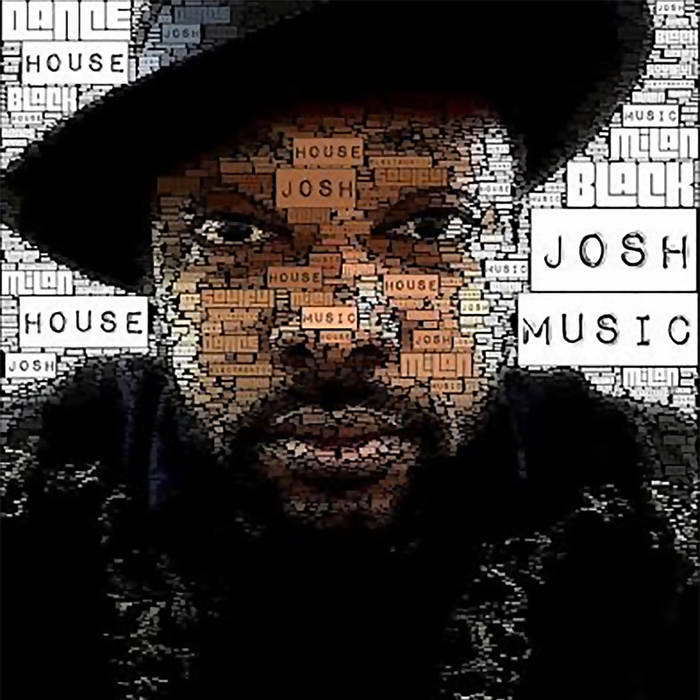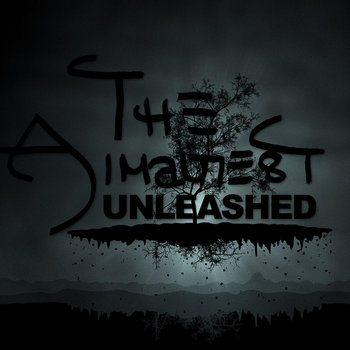
Written by Ed Christman — Music companies are sure about one thing when it comes to YouTube: They wish it would pay more to stream their tunes. But they're far less certain about the reason so few of the video streams containing their music carry ads these days.
"We have been MacGyvering this all year trying to find the smoking gun," says one label executive. "Something just doesn't add up."
In what's becoming one of the music business' most perplexing mysteries, the percentage of music-filled video plays that are monetized with advertising has fallen during the past five years in the United States, the world's most robust advertising market, according to dozens of music executives interviewed by Billboard with similar accounts.
While that percentage has stabilized in 2017, and some report higher YouTube payments this past summer, data compiled from interviews with more than 24 executives -- including 18 at labels and in management representing over 60 percent of the U.S. recorded-music market -- still shows that only between 35 percent and 45 percent of music video streams in the United States carry ads, down from 60 percent in 2012, taking into account both official music videos and user-uploaded clips containing their music. That means 55 percent to 65 percent of domestic YouTube music plays pay nothing to content owners, though YouTube pays labels a share of its ad revenue, and not on a per-stream basis. Free services such as Pandora and Spotify, by contrast, pay for every play.
It's easy to see how YouTube's aggressive expansion into developing, hard-to-monetize markets such as Africa is diluting average monetization rates globally, as YouTube head of music Lyor Cohen pointed out in an August blog post.
Some in the music industry don't mind the low monetization rates linked to overseas growth, because their artists are getting exposure and at least making money in markets where they never earned anything before.
But in the United States, "a lot of people are wondering why YouTube isn't doing a better job at selling advertising against music," says an indie-label executive.
YouTube declined to provide any data on the percentage of music videos that carry ads, but the company disputed the validity of Billboard's findings.
"We are not seeing any meaningful difference in the percentage of views with ads for music content, year over year. Moreover, pulling together data based on off-the-record conversations with industry sources and hearsay lacks data science and credibility," a spokeswoman said in an email. "In the U.S., YouTube pays out more per thousand streams on its advertising-supported platform than any other advertising service," delivering over $1 billion to the music industry every 12 months while introducing new mobile and desktop ad formats in recent years. "All indicators are strong, and both ad revenue and subscription revenue are growing at a healthy pace," she added.
Record company sleuths are investigating a wide range of possibilities for the shrunken slice of music clips getting monetized, from potential miscalculations by advertisers to a new filter intended to screen for "hate" videos. They are hoping that solving the mystery could help them understand how to eke out more revenue from the video behemoth. In 2016, YouTube parent Alphabet said its Google and YouTube properties generated $79 billion in advertising revenue.
Less advertising on YouTube's free music videos gives viewers less incentive to subscribe to its ad-free tier, YouTube Red, the type of paid service that is fueling most of the music industry's growth.
One possible cause for the growing proportion of unmonetized music-video streams in the United States on YouTube is that YouTube's advertisers didn't expect smartphone use to explode as quickly as it did, resulting in a faster-than-anticipated consumption of their high-priced premium and reserved ads, and leaving many videos ad-less, according to music executives.
While no one doubts that rapid growth in mobile video viewing is at least one factor squeezing the fraction of views that get monetized, one music executive expressed skepticism that Alphabet "wasn't ready for this unexpected buildup of views," given it's a "company that has built its foundation on data and can build cars that drive themselves and contact lenses that can detect diabetes."
When the premium ads on a music video are consumed, YouTube says it auctions off the available ad space to other bidders, though generally at lower rates that depend less on the song and more on the user. But this process doesn't always result in sales, with plenty of music video plays containing no ads at all, executives say.
"I still haven't got a clear answer on why the auctions don't capture everything that the reserve that [premium advertising] doesn't fill," complains one label executive. YouTube says "auction-based advertising does kick in," and that "it plays a significant role in the growth of music monetization globally and will only improve as digital ad markets evolve." YouTube adds that auction information is provided in detail to content owners in their "YouTube Analytics" tools.
Another possible reason for the ad-free videos in the United States: YouTube is focused on user experience and may be trying to avoid serving up too many ads in order to expand its base beyond 1.5 billion monthly users, a growth strategy that other music services have employed.
"I understand their need to be sensitive to that issue," says one music publishing executive. "But why can't you put a pre-roll on every video, and after five seconds the user can skip it?"
Apps known as "ad blockers," which can be downloaded from Google's app store and allow music fans to skip ads, may be another culprit, while some music executives worry about a new technology that identifies content as ad-friendly or not. YouTube installed that filter in 2017 to appease advertisers that had their commercials placed against what some considered to be hate videos. Labels say they are watching closely to see if their videos are filtered out of the ad-friendly pool by mistake, since some music clips are laden with violence, sex and drugs.
"All genres of video were impacted by brand safety concerns. However, we're seeing these categories, including music, recover," said the YouTube spokeswoman.
At least one music company "regularly studies" the possibility that YouTube is steering advertising to other content on which YouTube makes a higher profit margin, an exec says -- a widely held suspicion -- but the YouTube spokeswoman says this is "flat-out not true."
The music business doesn't have much leverage to demand answers to its burning questions, let alone larger payouts.
Warner Music Group extended its licensing deal with YouTube this summer, with CEO Stephen Cooper writing in an internal memo that WMG had secured the best possible deals under very difficult circumstances, including the "safe harbor" laws that shield YouTube and other sites from liability when users upload content without rights-holders' permission. Sony Music Entertainment and Universal Music Group are still in renegotiations with YouTube.
For labels, withdrawing from their agreements would mean forfeiting the ability to monetize, block or mute their music on YouTube, which has generated over $4 billion for the industry since its launch in 2005.
Though YouTube spent an estimated $60 million to build the content identification system that lets labels claim their copyrighted material, and many millions more to build an advertising ecosystem that benefits music industry, YouTube "doesn't have to pay the industry anything," digital media consultant Jim Griffin pointed out at a music-law seminar in October. "The law is on YouTube's side." Still, he predicts that the already significant share of the payout coming from user-generated content -- which he sees as "found money" for the music industry - will become a much bigger revenue source in the future, already dwarfing the music industry's annual output of 50,000 to 70,000 albums per year in volume terms.
Managers are less concerned with cracking the monetization mystery and more focused on using YouTube to break artists, sell concert tickets and promote album presales. "We get massive exposure when we have a hit on YouTube, and we can see how that impacts in other, better platforms; that's why we all put our music up," says an executive who works with artists and managers. "Maybe YouTube can do a better job at explaining to people what they bring to the table, in addition to monetization."
Some music executives believe the shrinking proportion of monetized videos is impacting overall U.S. play rates. YouTube says payouts averaged $0.0030 per stream in the U.S., or $3.00 for every thousand U.S. plays in 2016; some label sources agree they have earned about that much during the fourth quarter and for top-viewed clips, but calculate the average rate per stream for official music videos and user-generated content over the course of the year to have been between $2.00 to $2.50 per 1,000 streams. Other record companies said they were only receiving $1.00 to $1.50 per 1,000 plays, resulting in a consensus YouTube rate of $0.00225 per stream, or $2.25 per 1,000.
Spotify's ad-supported tier, by comparison, paid $1.50 per 1,000 streams, or $0.0015-per-stream, in the U.S. in 2016, sources say, while its subscription tier paid about $0.0060 per-stream, or $6 per 1,000 streams, according to Spotify data supplied to Billboard. Other digital services like Amazon, Apple, Napster and Tidal have per-stream pay rates north of Spotify's paid tier, sources say.
But YouTube says the industry's fixation on its effective payout per stream "doesn't make sense," likening it to "using a yardstick to measure carbon in the atmosphere." "Comparing a blended pay per stream rate derived from platforms whose revenue is predominantly subscription-based with platforms that are primarily ad-supported is misleading," YouTube says.
One tech lawyer tells Billboard there's a simple answer to the advertising puzzle. "Young people have more distractions for their time and money, " this lawyer says, "and to blame that loss on YouTube is not fair."
Click here to read more from this article's source.












































